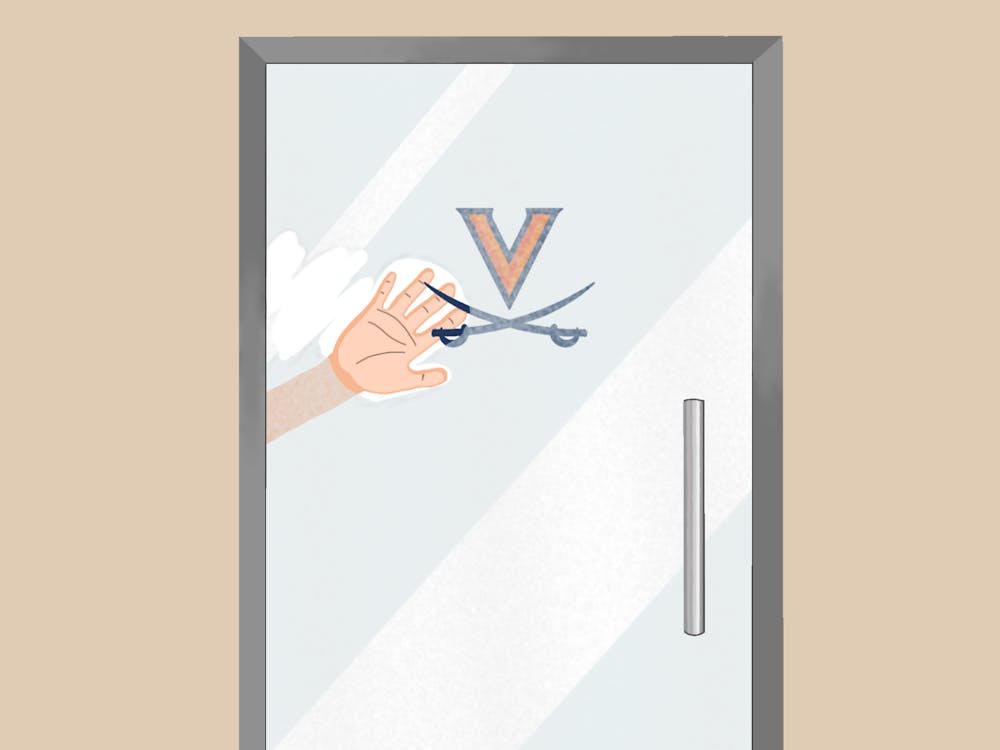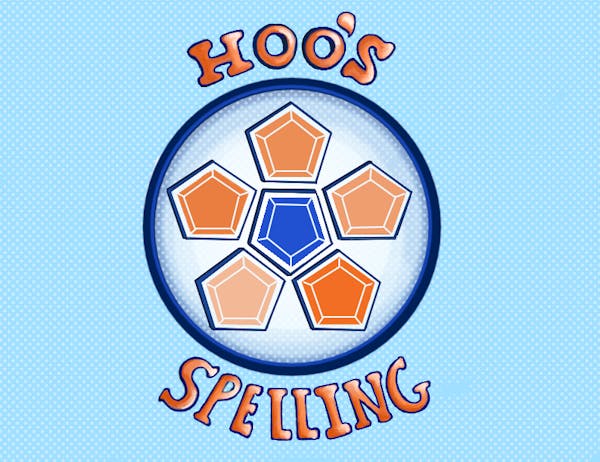The University was founded under Thomas Jefferson’s educational ideals, including his conviction that language study is an indispensable part of education. Today, however, the University’s approach to language learning — particularly through its diagnostic exam — risks reducing that ideal to a mere formality.
The World Language Requirement is a part of students’ general education requirements in the College of Arts and Sciences and affiliated schools. To fulfill the requirement, students’ language proficiency must be at least equivalent to the 2020 level, which is satisfied by four semesters of language courses, a sufficient score on a nationally recognized exam, such as a 4 or 5 on an AP test, or a sufficient score on the University’s own online diagnostic test — the Placement and Credit Exam.
It seems that there is some diversity in how language departments handle their diagnostic testing. Sanskrit, Urdu, and Polish, among others, require that students contact the department to request the opportunity to take a diagnostic. In another deviation, the East Asian Languages, Literature & Cultures department offers the Chinese, Japanese and Korean diagnostics online and also requires a 10-minute oral interview. However, the exclusively online PLACE diagnostic is used for the four most commonly taught languages in American K-12 education — Spanish, French, German and Latin — and it is this fully online exam that requires adjustment.
It is worth questioning whether the online PLACE meets the same standards as nationally recognized exams. While language tests like the AP exam are taken in person and with a set time limit, the PLACE exam is a non-proctored diagnostic with no time limit. Although the PLACE exam carries the same academic weight as nationally recognized tests, its shorter format and unproctored structure raise questions about whether it holds students to comparable standards. To protect the integrity of its founding values and the World Language Requirement, the University must ensure that all departments’ diagnostics implement a proctored, in-person language assessment.
Students who complete the language requirement from scratch must invest four semesters to finish. This is a significant commitment that could lead certain uninterested students to dishonestly complete the PLACE to make time for other courses. Although the exam’s instructions denounce the use of outside resources, the University would have no way of knowing if test-takers used outside notes or resources. This is the case for all online tests, but a language placement test can have heightened consequences because misrepresentation of skills affects more than a grade in this case — it can place a student out of a requirement they did not complete or into a course they are unprepared for, disrupting the very education that the University is tasked with imparting upon its students.
At a minimum, the University must require PLACE to be taken in a proctored, in-person setting, ensuring that students cannot bypass the World Language Requirement without demonstrating true proficiency. But the University could go further if it wishes to truly demand language proficiency of all of its students equally. Consider the University of Michigan. There, testing out of the foreign language requirement is a longer process. Out of all students who take the online diagnostic, those who score high enough to test out of the requirement completely must sit the exam again, this time in-person with a proctor. This approach retains the flexibility offered by an online, self-guided diagnostic, yet also guards against cheating temptations by providing a second hurdle that will not impede genuinely qualified students.
Looking internally, the East Asian Languages, Literatures, and Cultures department strikes a similar balance between accessibility and rigidity with the Japanese placement testing, which is composed of a timed written test and oral interview. The test is administered online yet provides structure and authentication with a time limit on the written portion and an oral interview, creating a holistic evaluation process. In another variation, American Sign Language conducts Placement Interviews.
Seeing as the exclusively online PLACE lacks alignment with both nationally recognized diagnostic structure and the University’s own founding values, it is time for a change. Although the world outside of the University has drastically changed since its founding, foreign language has maintained its value in a well-rounded education. Adopting proctoring into the PLACE’s implementation guidelines would close loopholes, ensure that every student receives a holistic education and reaffirm the University’s enduring dedication to language learning.
It is also worth noting that students in specialized schools such as Engineering and Data Science are entirely exempt from the World Language Requirement — a striking inconsistency for a University that prides itself on cultivating global citizens. By removing language study from these programs, the University effectively separates technical disciplines from the humanistic ideals that undergird its liberal arts foundation. This divide not only diminishes students’ exposure to cross-cultural understanding but also reinforces a pre-professional culture that prizes specialization over curiosity.
Despite new innovations and a growing pre-professional focus, foreign language learning remains as pertinent today as it was in Jefferson’s time, encouraging students to grapple with new structures of thought, idioms and cultural references which build empathy and cultural awareness. These are transferable skills achievable before the point of fluency. Indeed, the University’s World Language Requirement reflects this enduring educational value — it is not merely a checkbox, but a deliberate component of the general education curriculum that cultivates cultural competence and critical thinking, preparing students to engage meaningfully in a global society.
Celeste Wetmore is a viewpoint writer who writes about academics for The Cavalier Daily. She can be reached at opinion@cavalierdaily.com.
The opinions expressed in this column are not necessarily those of The Cavalier Daily. Columns represent the views of the author alone.







